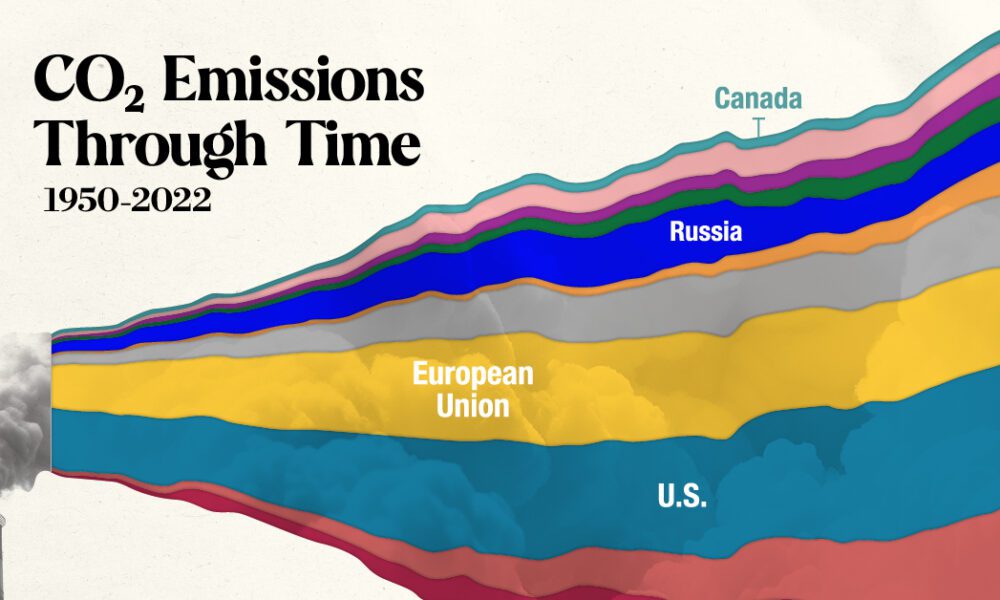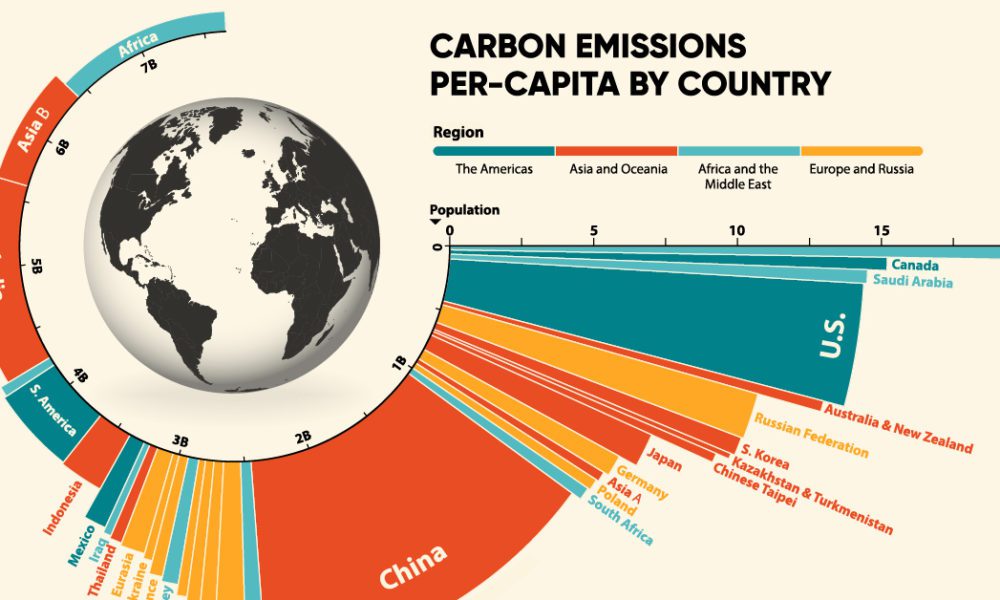Carbon dioxide, the heat-trapping greenhouse gas that is the primary driver of recent global warming, lingers in the atmosphere for many thousands of years, and the planet (especially the ocean) takes a while to respond to warming. So even if we stopped emitting all greenhouse gases today, global warming and climate change will continue to affect future generations. In this way, humanity is “committed” to some level of climate change.
How much climate change? That will be determined by how our emissions continue and exactly how our climate responds to those emissions. Despite increasing awareness of climate change, our emissions of greenhouse gases continue on
a relentless rise. In 2013, the daily level of carbon dioxide in the atmosphere
surpassed 400 parts per million for the first time in human history. The last time levels were that high was about three to five million years ago, during the Pliocene Epoch.
Mitigation – reducing climate change – involves reducing the flow of heat-trapping greenhouse gases into the atmosphere, either by reducing
sources of these gases (for example, the burning of fossil fuels for electricity, heat, or transport) or enhancing the
“sinks” that accumulate and store these gases (such as the oceans, forests, and soil).
The goal of mitigation is to avoid significant
human interference with Earth's climate, “stabilize greenhouse gas levels in a timeframe sufficient to allow ecosystems to adapt naturally to climate change, ensure that food production is not threatened, and to enable economic development to proceed in a sustainable manner” (from the
2014 report on Mitigation of Climate Change from the United Nations Intergovernmental Panel on Climate Change, page 4).
NASA is a world leader in climate studies and Earth science. While its role is not to set climate policy or prescribe particular responses or solutions to

science.nasa.gov



